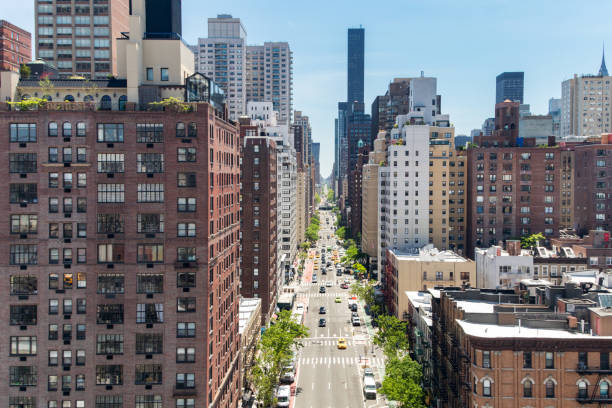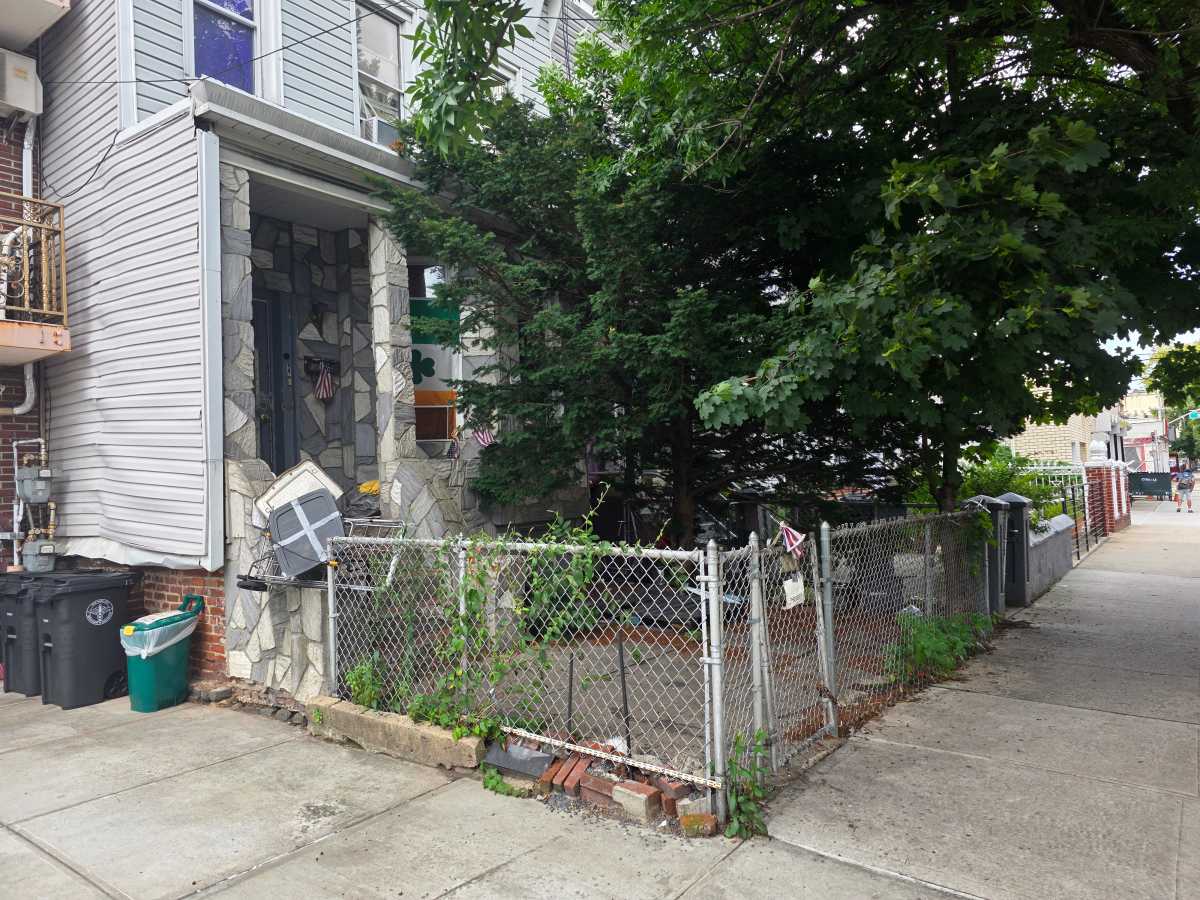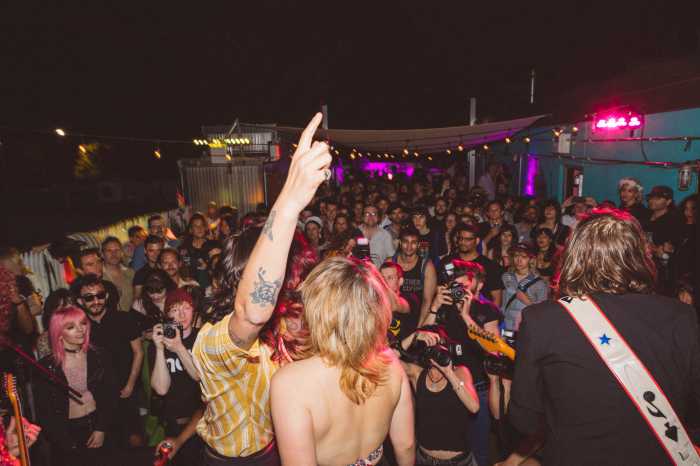By Chelsea-Lyn Rudder
In an effort to generate short-term cash flow in otherwise vacant apartments, developers are attracting new attention to several Lower Manhattan buildings by telling tenants that they can rent now and buy later.
Ellen Sharon, a 37-year-old Financial District resident who is thinking about buying an apartment, said she might be interested in a rent-to-own program in the future. “Considering the market, it is best to learn as much as possible about all of the options,” she said.
A producer and project manager in the entertainment industry, Sharon moved into a rental building with her husband a few months ago. She likes that the rent-to-own programs allow the opportunity to get to know the atmosphere of a building before making a full commitment.
Prospective buyers at 75 Wall St. have the chance to try out their luxury apartments before they buy and apply the first 12 months of rent toward the purchase price of a condo in the posh building.
Bill Robertson, the broker in charge of 75 Wall St.’s program, said that only half of the 300 apartments in the building have been sold. He approached the building’s developer, The Hakimian Organization, about instituting the rent-to-own program, which will allow buyers to test drive the condo before fully committing.
“This is really a good idea for those who thought they could not afford to buy and were waiting,” said Robertson. Those who decide to invest in an apartment essentially live rent-free for a year. To sweeten the deal, 75 Wall St. is a part of the 421-G tax abatement plan. The tax program is specifically for Lower Manhattan, which allows for effectively zero tax payments for the first nine years after the purchase of the condo.
Like many buildings in Lower Manhattan with similar amenities, one-bedroom apartments at 75 Wall start at about $1 million. The rent on a one bedroom, works out to about $4,000 per month.
Other condominium buildings in Lower Manhattan, including 99 John St., are also utilizing rent-to-own programs in light of the economic climate.
“If you are looking at a million-dollar apartment, renting for one year is not that meaningful,” said Sharon, the Financial District resident. “If there was an option to rent for two or three years then the rent would accumulate and become a decent down payment.” Rent-to-own programs that only allow potential buyers to rent for one year cater to those who can afford the apartment under traditional circumstances. The incentive lies in the opportunity to have additional time to commit to the purchase while actually living in the apartment.
While Sharon sees some perks in a rent-to-own agreement she expressed some concerns. “I think I would prefer to buy in a building where the majority of people who lived there owned their apartment,” she said. “Tenants will care differently for the common areas of the building. The owners will consider it their own and are more likely to take better care of the spaces. On the other hand if a developer would consider extending the rental period beyond one year I might be very interested in rent to own.”
Rent-to-own was last seen in New York City with some regularity in the late ’80s and early ‘90s. Those who stand to benefit include recent immigrants, who might not have an established credit history in this country, and self-employed individuals with earnings that fluctuate.
Aysaac Allen, the founder and president of Aysaac.com, an online real estate magazine, said buyers and owners both benefit from rent to own.
“These programs can be beneficial for buyers who need to stay within a certain budget, and for those who for one reason or another can not get a loan from a conventional institution,” he said. “The developer widens the market by bringing in temporary renters who are likely to buy into the program.”
Rent-to-own agreements provide a window of time for consumers to establish credit worthiness and to save for a down payment. Their rental payments generate immediate income for the owner of the development. Rent-to-own can even be a good option for those who have the money to buy now.
“Considering the current market you could utilize that money and purchase another apartment as an investment property, while living in the rent-to-ownapartment,” Allen said.
Seventy-five Wall’s rent-to-own program was established to encourage sales, but that will not prevent the developer from renting to those who do not initially express an interest in buying an apartment. Everyone who signs up for the program will be given a 14-month lease, with a fixed price for the home in the contract. By month nine, the tenant is expected to indicate if he or she will purchase the home. The developer will automatically lower the purchase price indicated in the lease by 5% but is open to further negotiations if the buyer insists upon a lower price. As for those who would like to continue to rent after the initial lease is up. Broker, Bill Robertson said, “That will depend upon what is going on in the market at that time.”




























